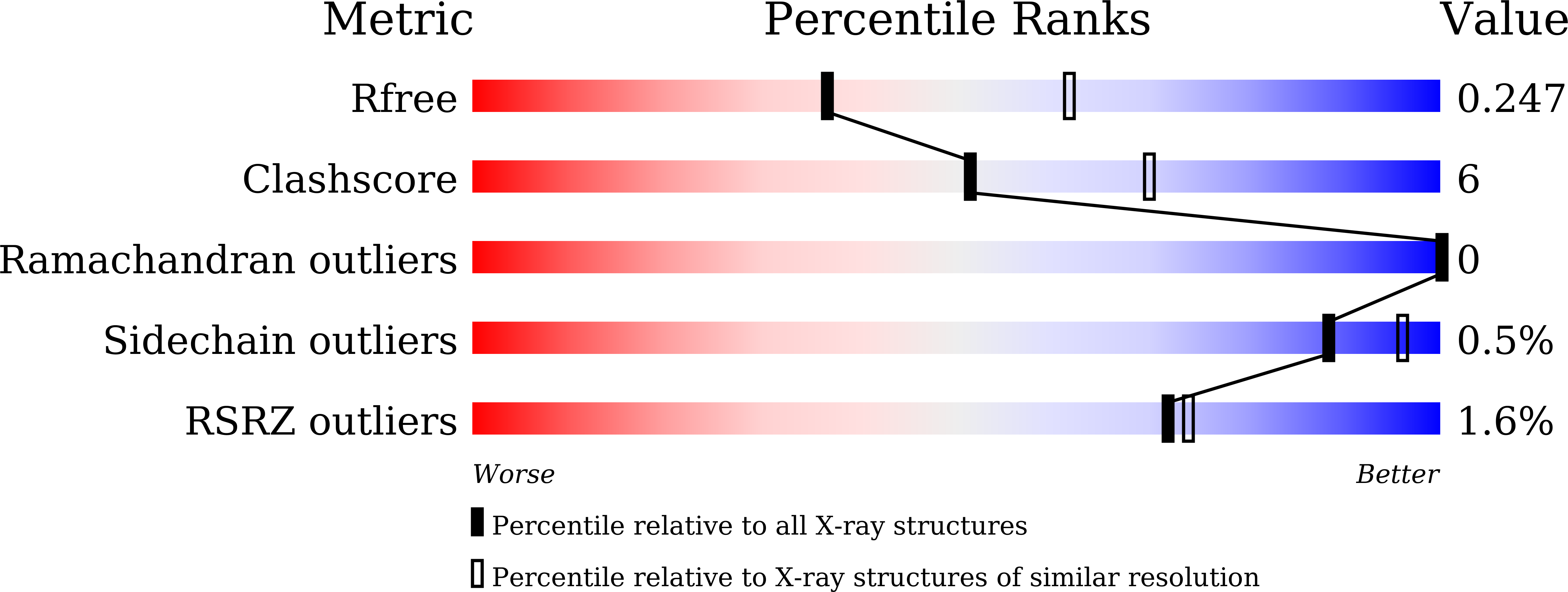
Deposition Date
2021-02-23
Release Date
2022-01-05
Last Version Date
2024-10-23
Entry Detail
Biological Source:
Source Organism:
Homo sapiens (Taxon ID: 9606)
Mus musculus (Taxon ID: 10090)
Mus musculus (Taxon ID: 10090)
Method Details:
Experimental Method:
Resolution:
2.50 Å
R-Value Free:
0.24
R-Value Work:
0.19
Space Group:
C 1 2 1


